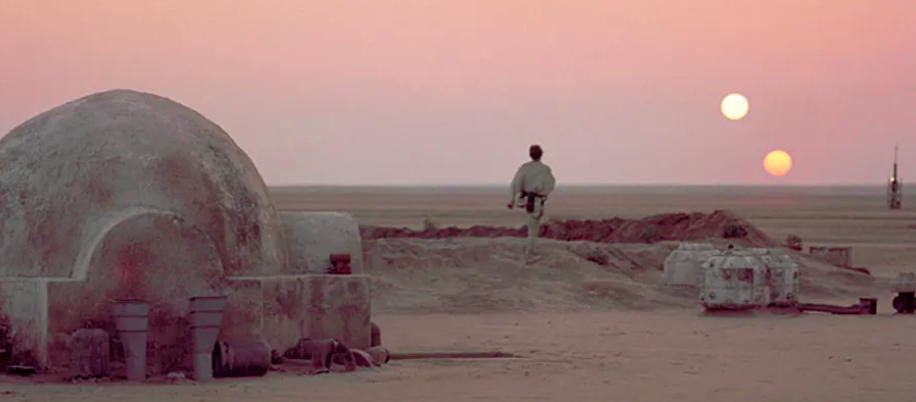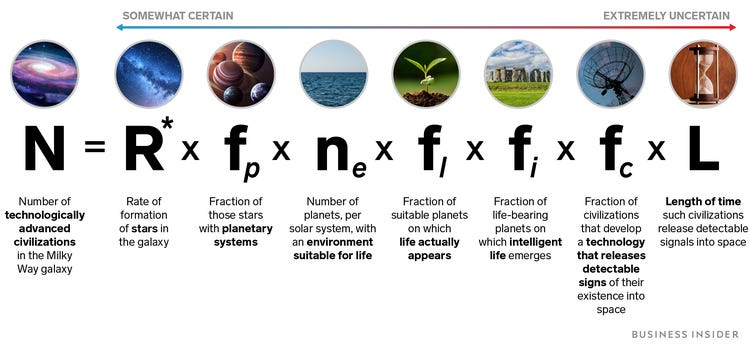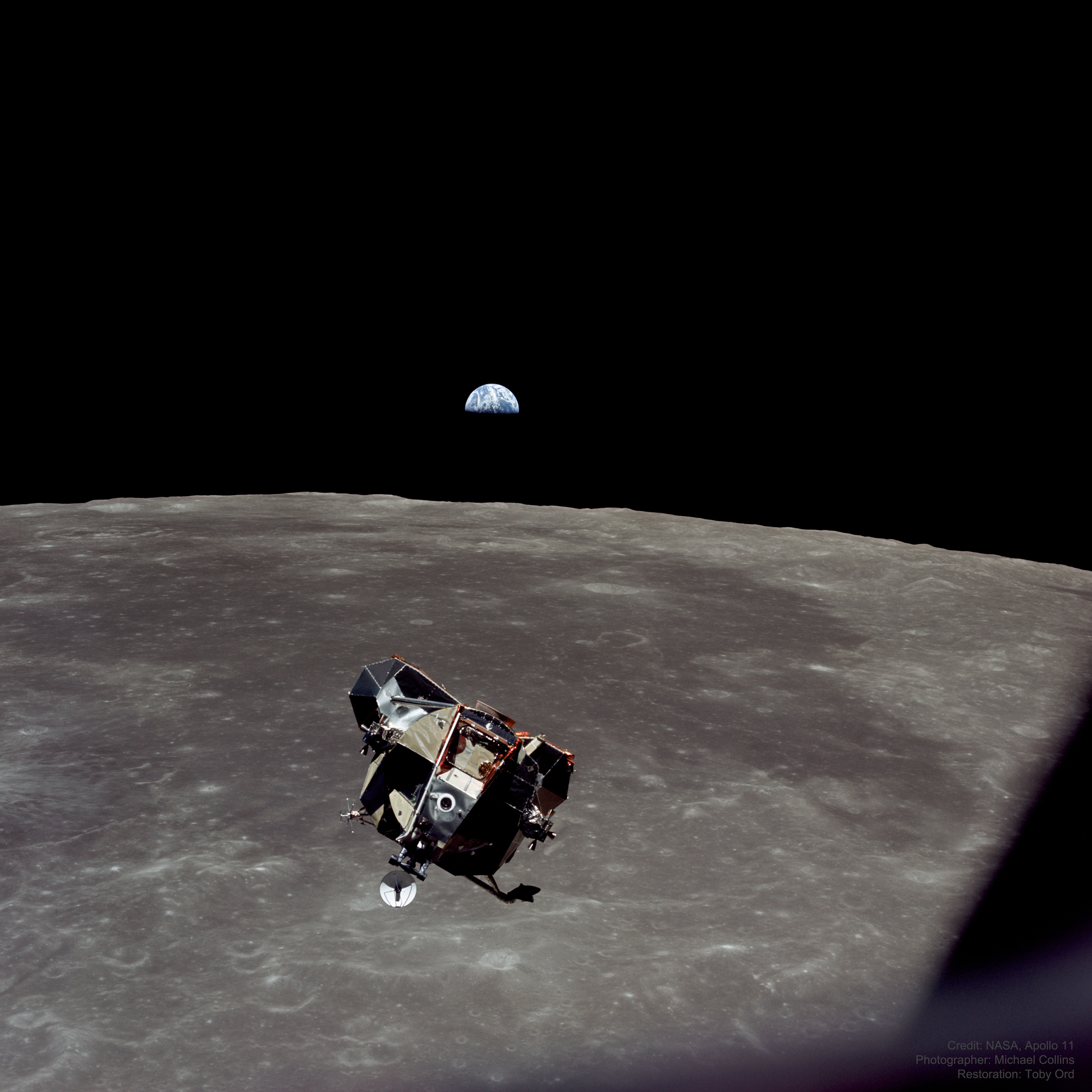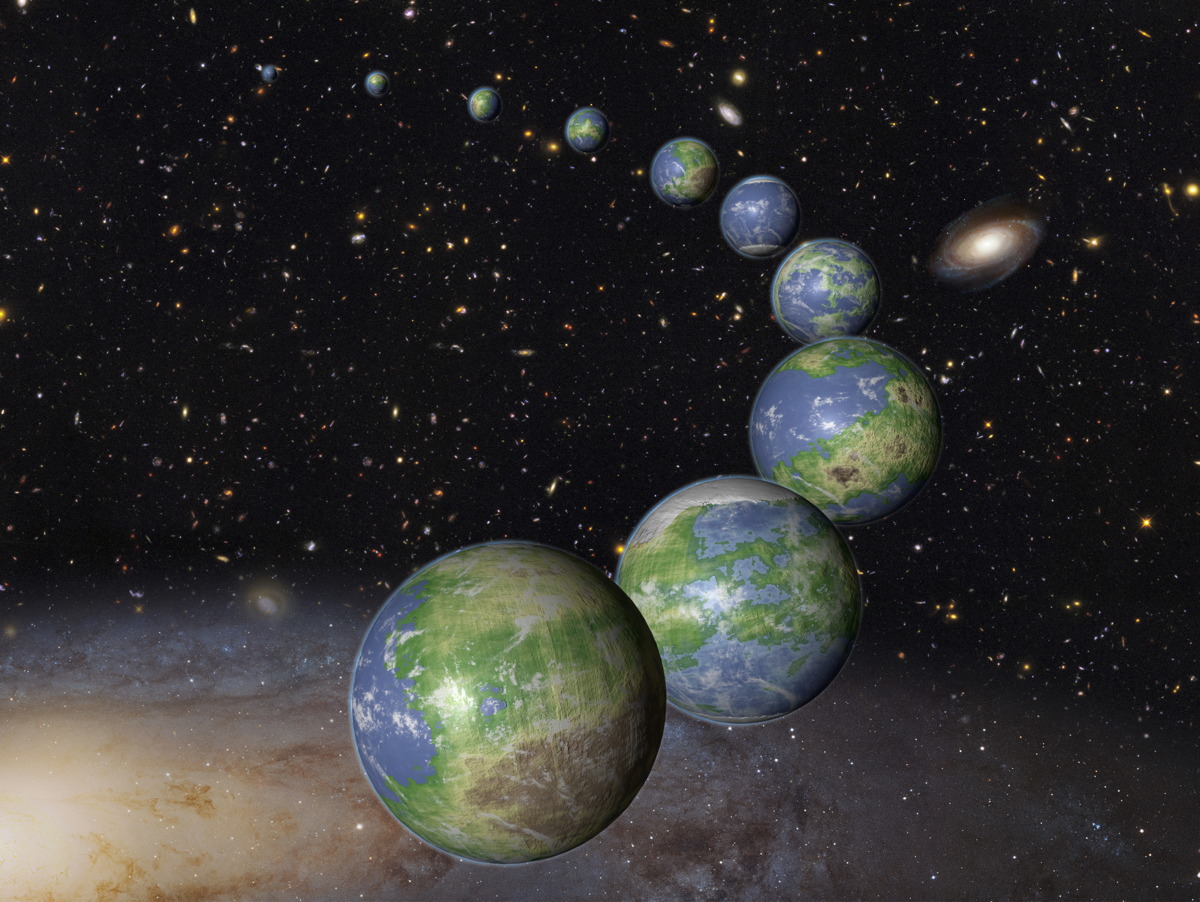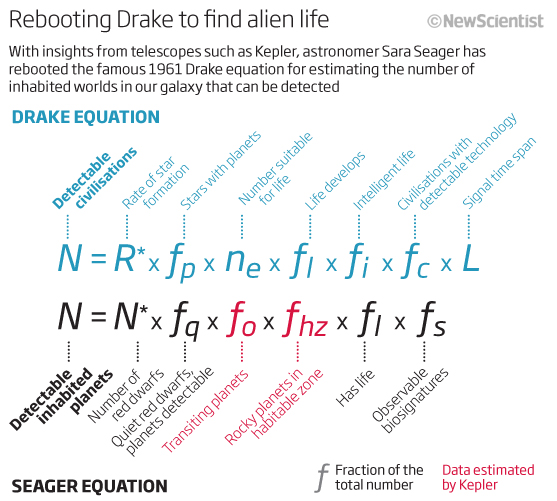Tardigrades, moss piglets, water bears – these adorably ugly extremophiles go by many names. These little creatures are fascinating beyond just their strange appearance and many nicknames. Tardigrades are extremophiles because they have shown to survive both extreme temperature and extreme pressure, most notably in space! They are found on Earth in various environments including rainforests, Antarctica, and deep in the ocean, so as you can tell, they have quite the range to survive these diverse places. Tardigrades are tiny animals only measuring 0.5 mm long.
As I mentioned before, one of the most interesting parts about them is that they can actually survive exposure to space and are the first known creature to be able to do this! Not only did they survive on a satellite that was launched into space, but some of them even laid eggs while there. Part of the reason they can survive this is their unique ability to survive for long periods of time without water. Even tardigrades that have been dried can be rehydrated and brought back to life after 8 years according to a study done in 1995. Overall, because these creatures can survive extreme cold, extreme heat, without water for long periods of time, and in space, tardigrades are some of the most interesting animals on Earth!

Picture of tardigrade on moss


